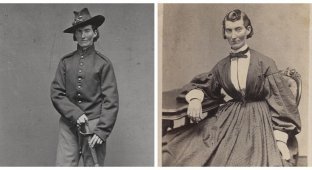The Queen of Thieves and her adventures on the Cote d'Azur (8 photos)
If a woman really wants something, then she uses any methods to achieve her goal. Even knowing about the sad consequences. 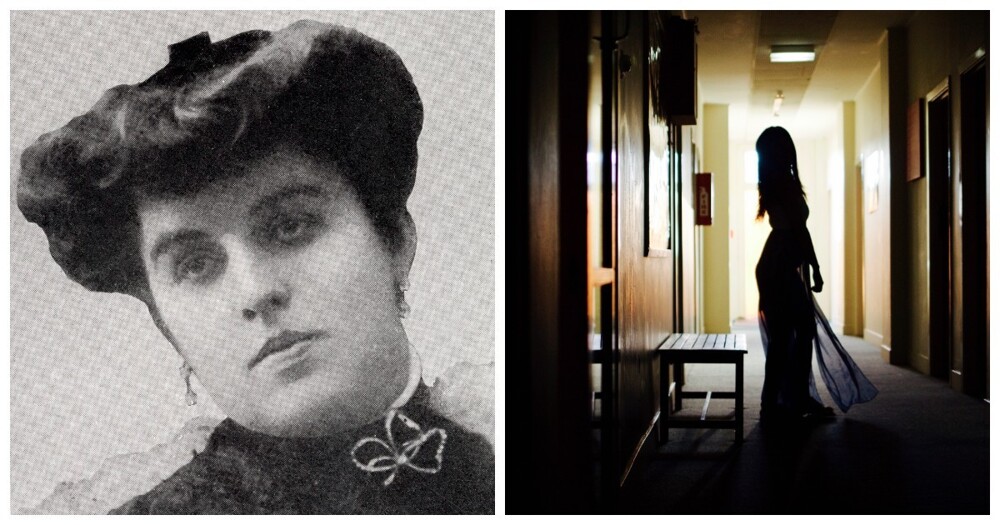
In the pre-dawn hours of March 8, 1908, a peaceful silence reigned on Nice's famous Promenade des Anglais. It was just as quiet in the corridors of the nearby Hotel Imperial. Along one of the luxurious corridors, a woman in black shoes with felt soles was moving silently, like a shadow. She was wearing a black veil that hid her face, and in her hands the lady carried a set of silver master keys. 
After years of persecution, the French police were about to catch the so-called Comtesse de Monteil in the act. The pseudographess, as the newspapers dubbed her, was a jewel thief, burglar and con artist, and the alleged leader of a ring of thieves that spanned the most luxurious tourist spots of the Mediterranean. 
The capture of the Countess de Monteil immediately became a sensation, making headlines around the world. Reporters excitedly described her beauty and cunning, calling the lady “Spider” and “Queen of Thieves.” There were details of luxurious lace evening dresses and state-of-the-art luggage that turned into a full-size wardrobe. It is not surprising that the arrest and most of her crimes took place in Nice, one of the most famous cities on the Cote d'Azur, which includes the Principality of Monaco and the French Riviera.
For a jewel thief and swindler, the atmosphere of the time would have been amazing: it was full of character development worthy, drawn by the popularity of the region. Queen Victoria visited him nine times. Including a casino in Monte Carlo (Monaco). During this period, casinos were banned in several neighboring countries, and Monte Carlo created a paradise of forbidden entertainment for the elite, which was considered enviable and glamorous. 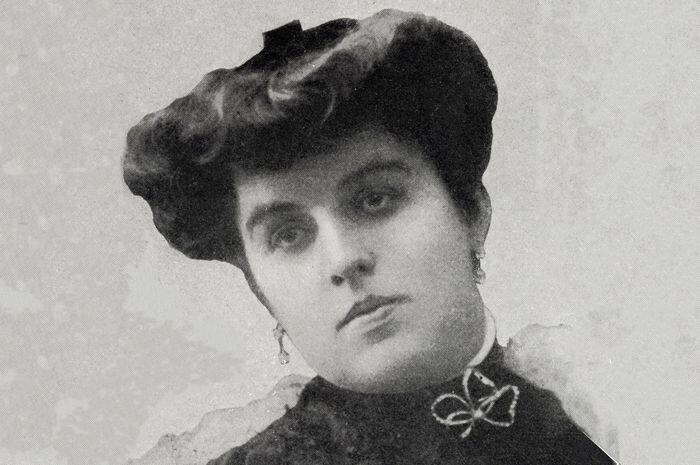
Amelie Condemin
The glamor of the Cote d'Azur was as far as space from the place where the future queen of thieves Amelie Condemin grew up. The girl's father was a butcher in the provincial town of Macon, located in the Saône-et-Loire region in Central France, famous for its marvelous vineyards.
At the age of 18, the girl married Ulysses Portal, a wine merchant who was 14 years older, and the couple moved to Paris. Little is known about this period of life, but the press reported that after ten years of marriage the couple separated and Amelie moved to the United States. The only evidence of her activities there are photographs found by police among her belongings, which show her in the company of New York's elite. In 1888 she returned to France, calling herself Countess de Monteil. 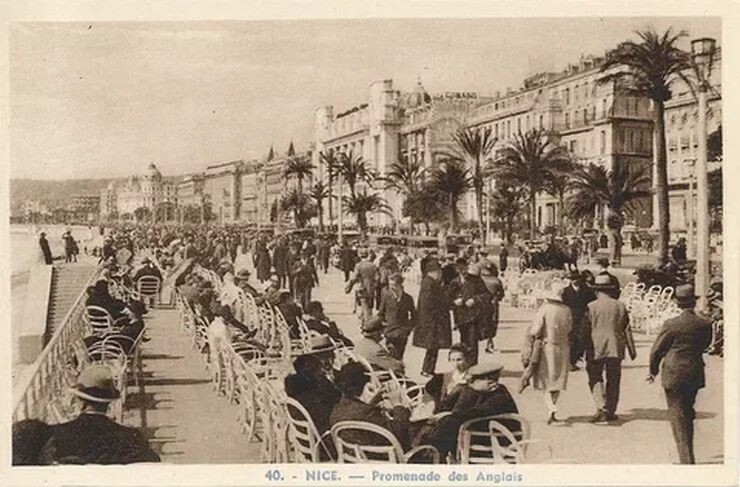
Promenade des Anglais in Nice
She lived in a Paris apartment for part of the year. But, apparently, she limited her criminal activities to places associated with elite vacations - Geneva, Alexandria, Monte Carlo and, of course, the cities of the French Riviera.
At that time, the French nobility was a very closed layer of the population. And the pseudo-countess ran a great risk of giving herself away by simply mispronouncing one name or another. But the aristocracy rarely visited the Riviera during this period, so it could carry out its business in peace. Hotel owners and wealthy foreign tourists, on the contrary, sincerely welcomed the Countess de Monteil, rejoicing at the opportunity to communicate with a representative of the elite.
By 1892, the Comtesse de Monteil came to the attention of the French police thanks to strange coincidences of thefts at the hotels where she was staying. Despite this, the elegant, charming fraudster continued to operate in the Mediterranean for another 16 years until her arrest. According to rumors, she controlled a group of thieves who created equally pretentious images and personalities for themselves, posing as an Italian diplomat or the son of a wealthy shipowner. 
While staying in a hotel or traveling on a ship, she observed fellow travelers and calculated their value as objects for development. A notebook detailing the "victims" and their assessments was found during a search of a Paris apartment after the arrest. In the pre-dawn hours, she would sneak into her victim’s hotel room, pocket valuables, and then slip away again in the elusive, light pre-dawn shadow.
At the trial, none of the jewelry found on the false countess was identified as stolen. This suggests that she and her network of thieves worked with underground jewelers who either bought up the stolen items or re-framed the jewelry that the rightful owners could not identify. 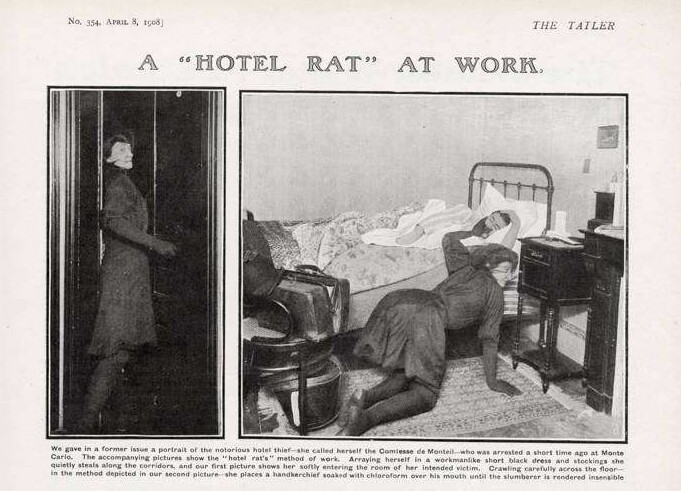
In April 1908, the Tatler magazine published a reconstruction of the course of action and arrest
After her arrest, the Countess became something of a national heroine. Newspapers emphasized her amazing arrogance and unprecedented courage. For example, when she robbed the same Swiss banker three times. The third time he woke up and raised the alarm, but the woman ran back to her room, where she pretended to be asleep. It didn’t even occur to anyone to suspect her.
Another time in Alexandria, a hotel accused Amelie and her accomplice of theft. The couple fought this accusation in court and won the libel suit. Although she was a criminal who defrauded the rich, she was also portrayed as a woman of the people. The servants loved and respected her. The false countess always gave generous tips.
Income inequality in turn-of-the-century France left its mark on her image, turning the common thief into a glamorous and noble adventuress in the popular consciousness. 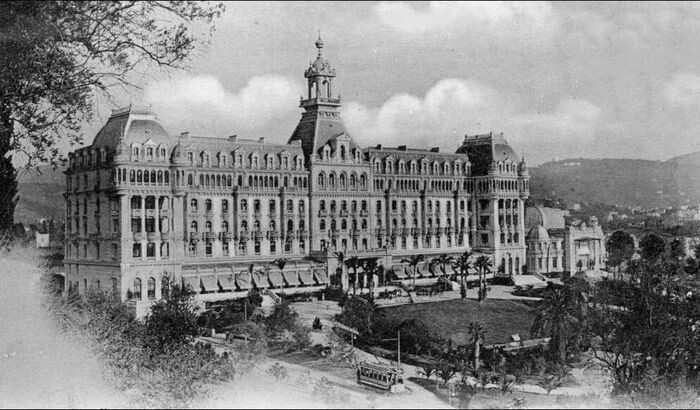
The former hotel is now a school
The pseudographess never admitted to her crimes, insisting throughout the entire trial that the jewelry and money were given to her by a Spanish nobleman and an Egyptian pasha. After she was found guilty and sentenced to 10 years in prison, she disappeared from public view.
Although archival records confirm that she was released from prison in 1918, Amelie's subsequent fate remains unknown. The once grand Hotel Imperial, where she plied her trade and was eventually arrested, now houses a public high school.












